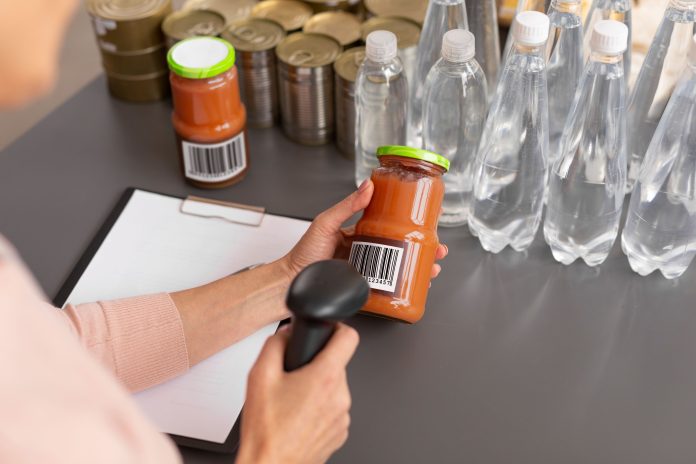Recall the moments when you bought that one skincare product and turned the product to check the expiry date or read the label on food packets before consuming them. There are times when reading a label you stand extremely confused about how to check the shelf life or read the expiry date. Well, we all buy and use different varieties of products every day from food packets to medicines, we ensure that each product we use is thoroughly checked before consumption. The main information we check on the label of the product is its expiry date or the shelf life. But did you know that the two have a lot of differences?
What’s the difference between Shelf Life and Expiry Date
Shelf Life:
The term ‘shelf life’ describes how long a product may be kept or consumed safely. The manufacturer also determines it, but they also consider things like humidity and storage temperature. Usually, it is stated in terms of years or months. The period of the product remains effective after it has been opened. Look for the Period After Opening (PAO) symbol, usually depicted as an open jar with a number (e.g., 12M means 12 months).
For Example, a product mentioning a 12-month shelf life is safe to use as long as it is stored correctly. Preservative-containing items could last longer on the shelf than those without them. The goods which are kept out of direct sunlight and in warm temperatures may have a shorter shelf life than those kept cool.
Expiry Date:
The expiry date, also referred to as the “expiration date,” is a fixed date written on a product that defines when a manufacturer will no longer guarantee its complete effectiveness and safety. The product should not be used after its expiration date. The manufacturer makes this determination based on several variables, including ingredients, processing techniques, and packaging. The product could no longer be suitable for use or consumption once this date has gone. Consumption of expired medicines, food, and drinks can cause serious diseases. Hence, it is always recommended to read and check the expiry date. Consuming expired food items can cause food poisoning.
For instance, the expiration date of the bread is the 19th of June, this means that the consumer can consume the bread best before the date given after the expiry date would be unsafe and unhealthy.
Factors Influencing
The factors that influence the expiry date and shelf life of a product are the ingredients used, processing methods, packaging materials, storage conditions, and exposure to light and heat. Also, preservative products are safe for consumers as it has a longer shelf period compared to those without preservatives. The products stored in a cool, dark place may have a longer shelf life than those exposed to sunlight and high temperatures. Manufacturers consider these factors as determining the expiry date and shelf life of their products for safety.
Regulations
These Services are regulated by government agencies assuring consumer safety. Manufacturers must give the expiry date on food and pharmaceutical products. This helps consumers make informed decisions about the safety of the products they purchase. Similarly, regulations may also require manufacturers to conduct stability testing to determine the shelf life of their products, as testing helps ensure that products remain safe for consumption or use throughout their shelf life.
Consumer Awareness
Understand the expiry date and shelf life and be informed of choices about the products. While the expiry date indicates the last day a product is safe to consume or use, the shelf life provides a detailed timeframe during which the product can be consumed. Consumers must have a look at the expiry date and shelf life of products before actually buying to make sure they are fresh and safe products.
Guide to reading the labels
While checking labels, carefully read the storage instructions, as improper storage can significantly reduce both shelf life and the time until expiry. For instance, refrigerated items should be kept at the correct temperature to maintain their safety and quality. For medication preferences, always follow the storage instructions and the expiry date for effectiveness. Misusing expired medications can be harmful to health. It is also important to consider that certain products, like cosmetics and pharmaceuticals, may have more complex storage requirements and expiry details. In short, always go through the type of date printed on the label and understand its significance before consuming it.
Apart from checking the expiration dates and shelf life, one should also consider the additional information prescribed on the label. A consumer should be alert about what not to do after opening or using a product. The precautions to be taken can vary from product to product. For instance, a cosmetic product after its unboxing and opening should not be kept in direct sunlight as it may decrease its shelf life.






























